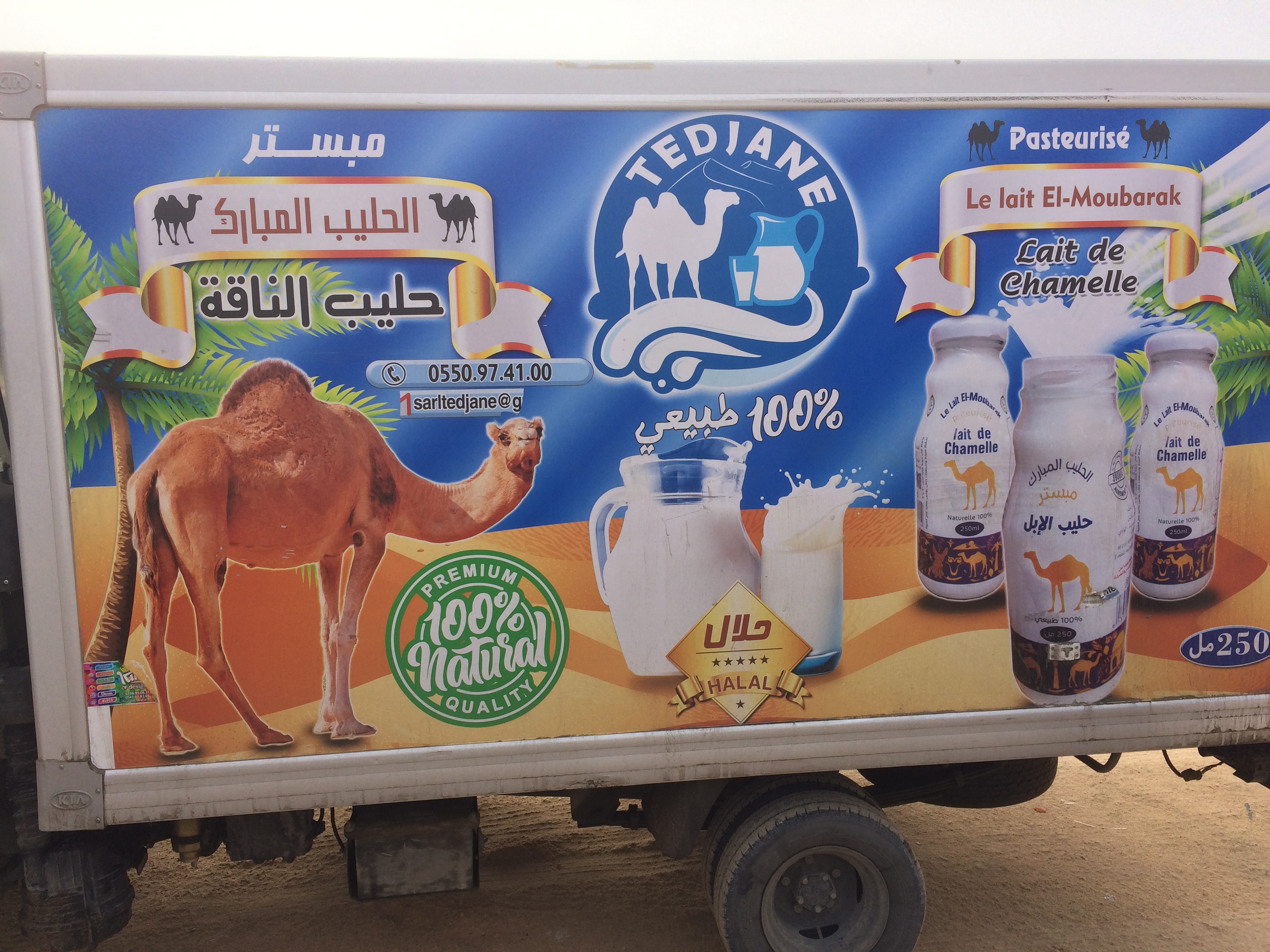Online camel milk trade: new players, new markets
DOI:
https://doi.org/10.19182/remvt.36746Keywords
camel milk, consumption, exports, international trade, electronic commerceAbstract
The rapid growth of the Dromedary and Bactrian camel population worldwide aims in part at satisfying a growing demand for camel milk. We analyze these changes by studying the recent arrival of online trade of camel milk products. This study highlights the emergence of actors involved in the intensive production of camel milk, but also in the trade of milk powder, fermented milk and cheese. These new camel milk entrepreneurs are located for the most part in countries without camel farms, notably in Europe, the United States, Canada and several emerging countries. The prices of milk sold over the internet are extremely variable, highlighting a market that is under construction. The emergence of this trade reflects a dualistic innovation process. This entrepreneurial dairy economy based on exchanges between intensive livestock farms and distant consumers sharply contrasts with a local dairy economy based on peri-urban trade in fresh milk, which is strongly correlated with pastoral systems. We conclude with research and development recommendation to make the online trade of camel milk more inclusive.
Downloads

Downloads
-
Abstract2128
-
pdf (Français)564
Published
How to Cite
Issue
Section
Categories
License
© G.Konuspayeva et al., hosted by CIRAD 2021

This work is licensed under a Creative Commons Attribution 4.0 International License.
Funding data
-
Partnership for Research and Innovation in the Mediterranean Area
Grant numbers Grant numbers No. 1832 Camelmilk





